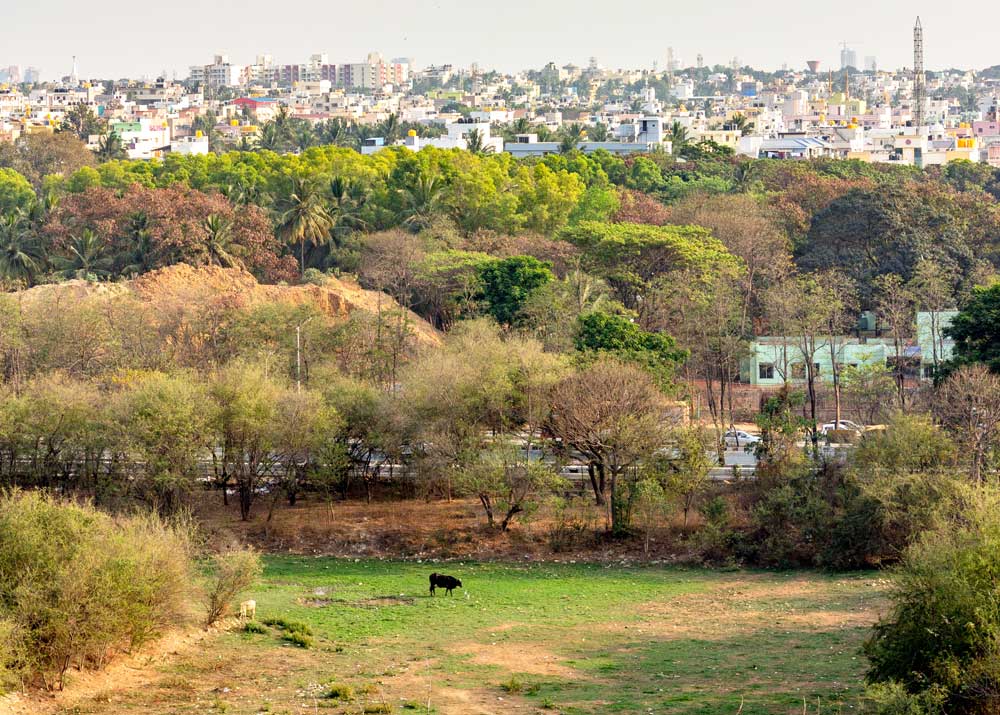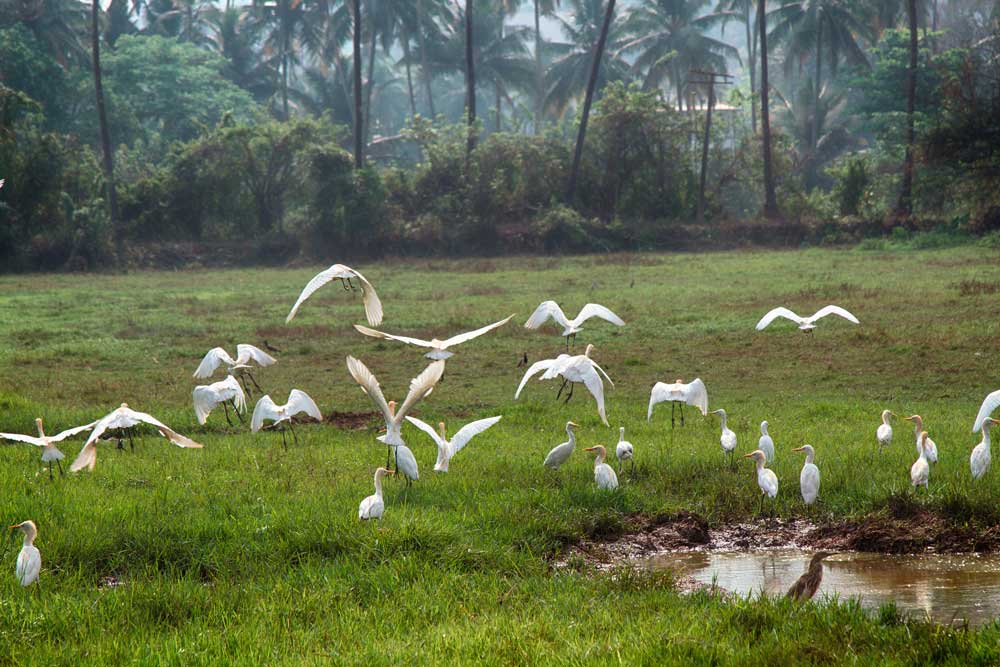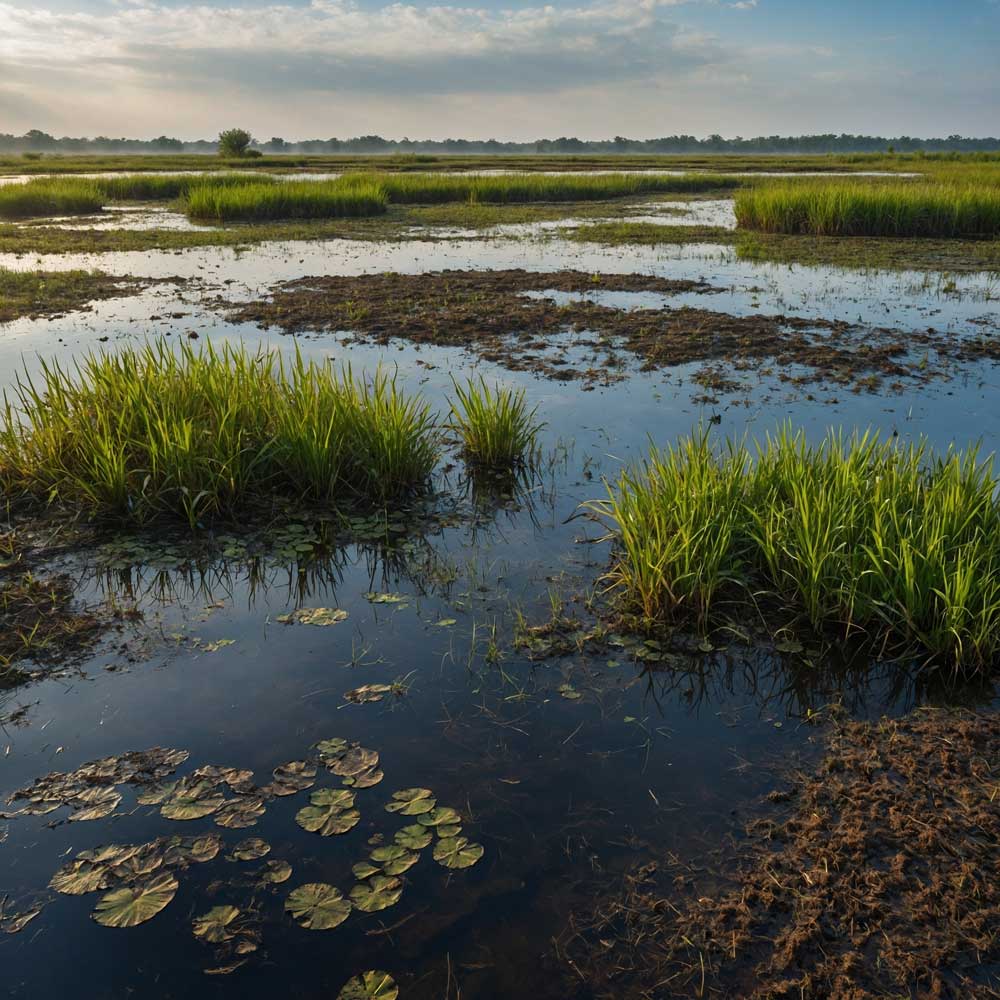This World Wetlands Day, a timely reminder of the critical role wetlands play in preserving biodiversity, regulating water systems, and mitigating climate change. Yet, as highlighted in the 2024 Living Planet Report (LPR) by the World Wide Fund for Nature (WWF), India’s wetlands are disappearing at an alarming rate, serving as a stark warning of the broader biodiversity crisis.

Alarming Trends from the Living Planet Report 2024
The WWF’s 2024 Living Planet Report details an average 73% decline in wildlife populations globally since 1970. The report warns that the Earth is nearing dangerous tipping points, beyond which changes to its systems will be sudden and irreversible. A huge collective effort over the next five years is needed to address the dual crises of climate change and biodiversity loss.
The gradual impacts of global warming, habitat destruction, and biodiversity loss are pushing the world closer to the edge of these tipping points. The disappearance of Chennai’s wetlands is an example of an early warning before local tipping points are reached, states this year’s Living Planet Index (LPI) by WWF.

The Case of Chennai’s Wetlands
In 2015, Chennai faced a flood deemed “the worst in a century.” By 2019, the city experienced a severe water crisis, with many referring to it as “day zero.” Rapid urbanisation had degraded around 85% of the city’s wetlands. According to the report, “the damage inflicted on the city was made worse by the destruction of species-rich wetlands and natural drainage systems, which used to shield people from the worst impacts of both droughts and floods.”
Between 1940 and 2014, India lost about one-third of its wetlands to urbanisation. The loss of wetlands has compromised key ecosystem services such as groundwater replenishment and flood control, exacerbating the effects of climate change.

Regional and Global Impacts
Local tipping points, like those seen in Chennai, can have ripple effects regionally and globally. The LPI tracks changes in wildlife populations as an indicator of ecosystem health. In the Asia-Pacific region, habitat destruction and overexploitation of natural resources are the primary drivers of biodiversity loss. For example, a majority of bird species in India are declining, signalling rapid habitat loss, including from open savannah grasslands.
The statistics are equally concerning globally. Wild vertebrate species have declined by 73% between 1970 and 2020. Latin America and the Caribbean experienced the sharpest decline (95%), followed by Africa (76%) and Asia-Pacific (60%). Even regions with relatively lower declines, like Europe and North America, reflect the long-term impacts of earlier habitat destruction.

Freshwater ecosystems are particularly vulnerable, with species like the Chinook salmon declining by 88% due to warming waters and migratory obstructions caused by dams.
World Wetlands Day serves as a reminder that urgent, coordinated action is necessary to protect our wetlands and biodiversity. From adopting sustainable agricultural practices to aligning national policies with global frameworks, there is much to be done.